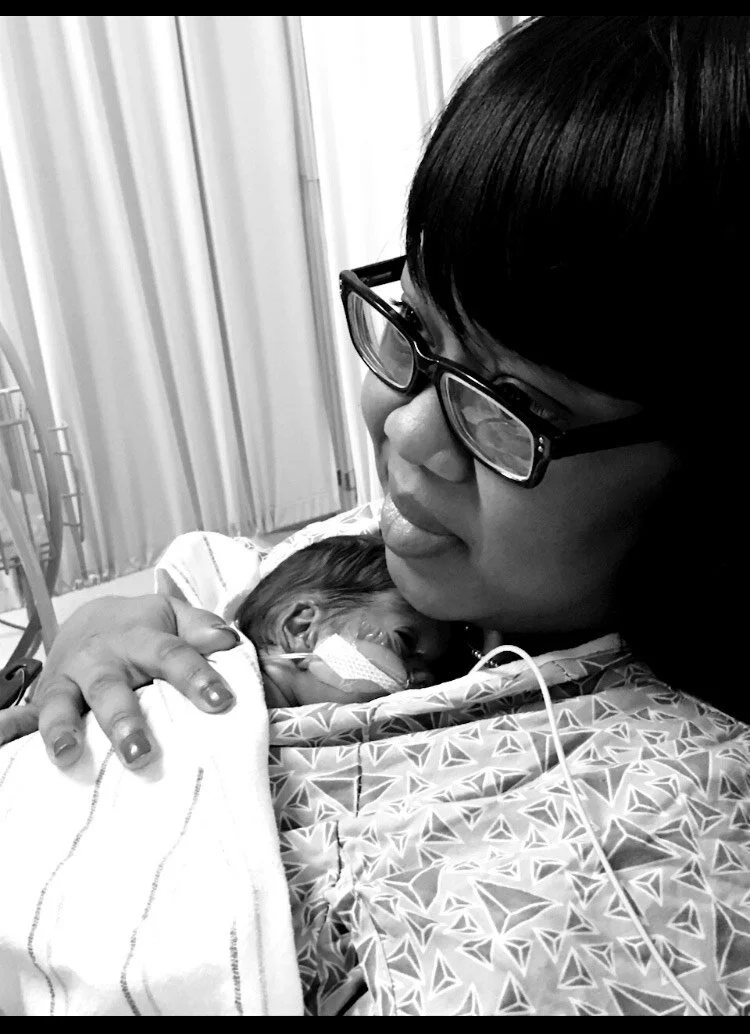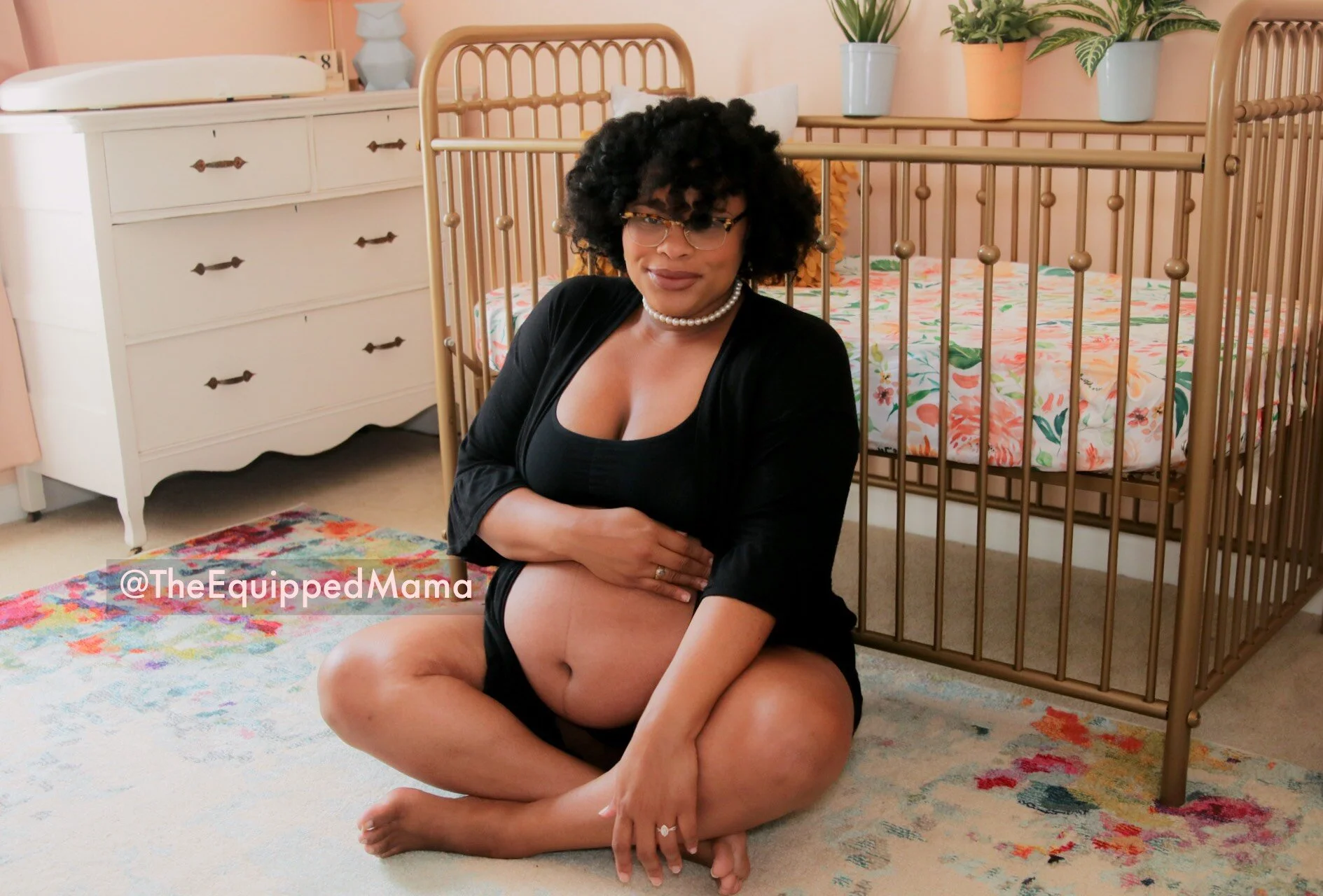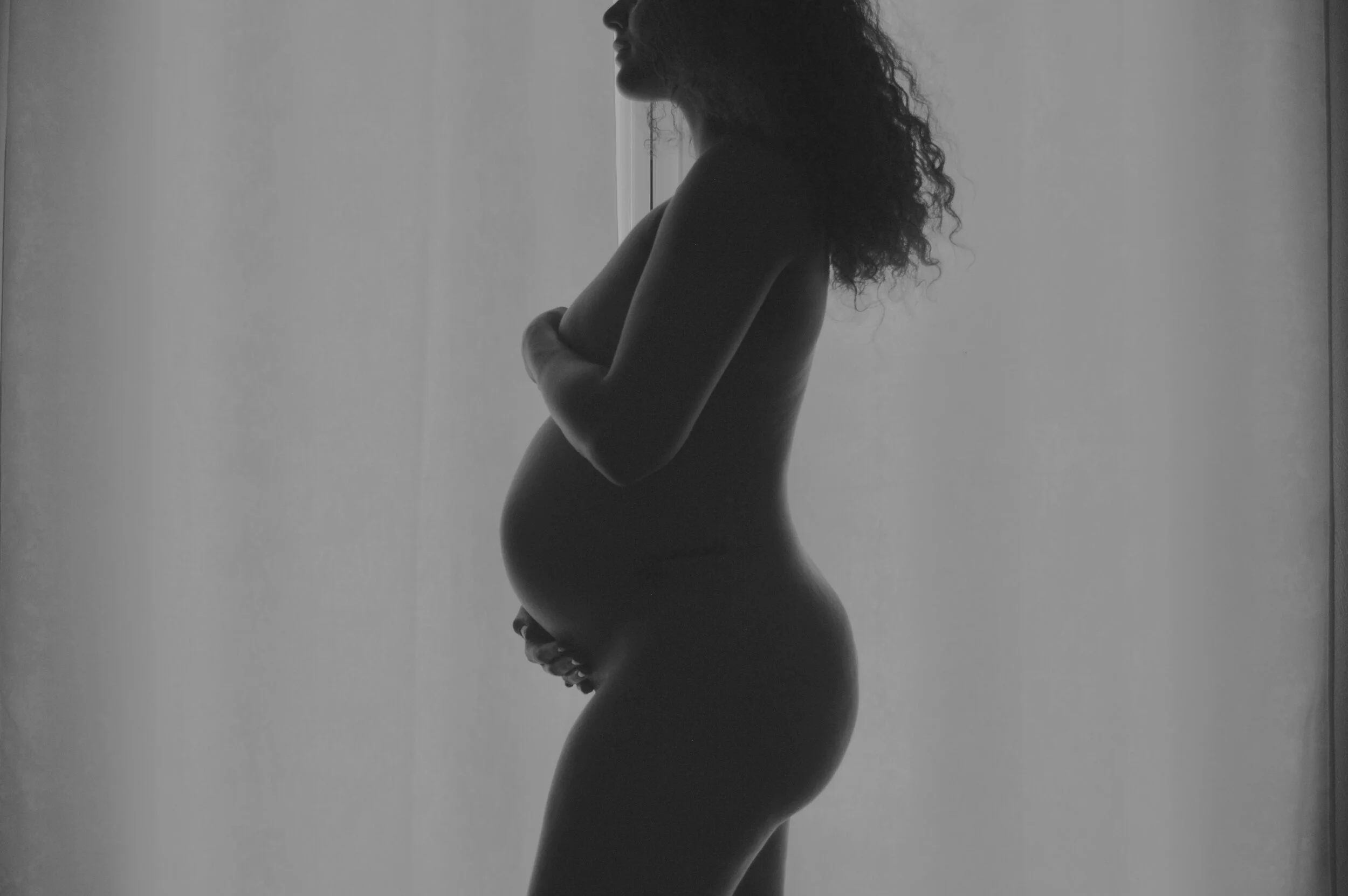Gianna and Evan have welcomed three children into the world. The words joy, blessing, and purpose have marked each pregnancy and birth. They learned that they would be having a girl after the birth of two sons. Their daughter's birth would make her the first girl born on Evan's side of the family in over 100 years.
At 38 weeks and six days, Gianna would go into labor while preparing for the Super Bowl party they were hosting. She managed her surges and dismissed them as Braxton Hicks contractions increasing because she had been busy that day. After putting the kids to bed, she realized that she could be in active labor. In her solitude, she drifted into "laborland." Evan joined her and started timing her surges, they began to get ready to leave, and her water broke. The surges intensified as they waited for her cousin to arrive to be with the children. A few strong surges would pass, and they would notice meconium in the leaking fluid. Her midwife brain would click and shift her focus and alarm Evan.
The pressure would set in, and she had to determine if they would stay home or go. Baby Chloe decided for them and arrived with additional support for Evan from the 911 dispatcher. They knew they would still want to go to the hospital, as it was the original plan. The baby was fine and vocal as they awaited their transport to the hospital. The EMTs arrived and helped them get situated for the ride; the energy shifted as they thought they were coming to intervene in complicated home birth. She informed them that she was a midwife. Once they arrived at the hospital, Gianna would be in midwife mode and ready to be checked over and welcomed into L&D. Everyone was doing well except for a tear that would help her come back to her body and feel pain.
Postpartum planning happened prenatally, and that was helpful for the whole family. Evan and Gianna worked through a plan and garnered the support they needed. They were intentional about getting what they needed most, including paying for a Mom's helper, nutritional meals from a meal planning company, and in-home support from the women in their family. Communication every few weeks as they determined what they needed at each stage was a key to maintaining their sanity with three young children. Although they had a great birth and supportive care, postpartum anxiety became evident through symptoms like irritability. She connected with her therapist and is still navigating those waters with grace.
Read More


















